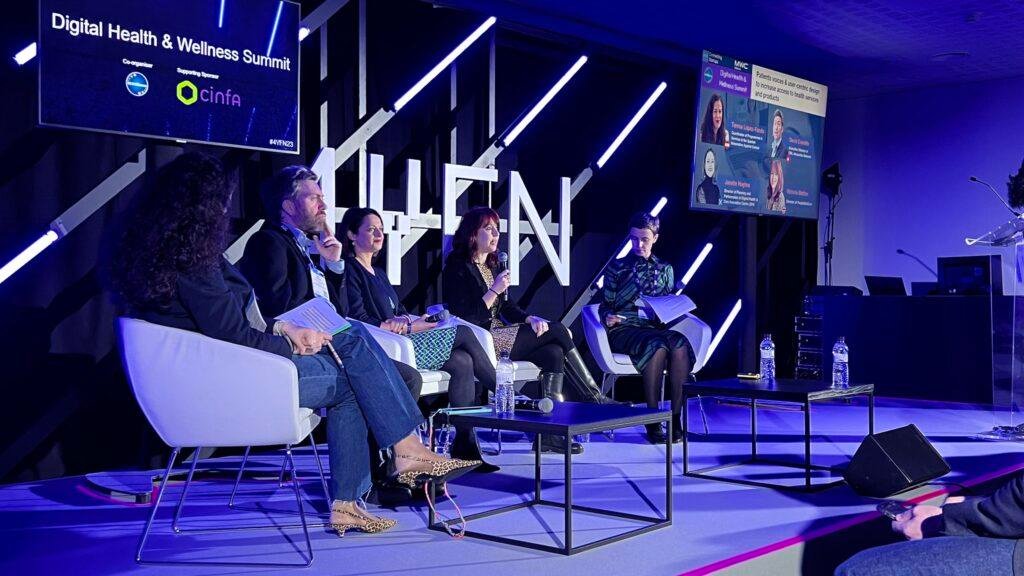In cooperation with ECHAlliance, we interview top leaders in digital health. George Margelis, chair of the Aged Care Industry Information Technology Council, talks about why he hates the term “e-health,” how to reach people aged 65+ with digital services, and how Australia is tackling the digitization of healthcare.
Would you please outline the state of digital health in Australia?
Digital health in Australia has significantly improved during my career, particularly over the last decade, as the government has made a significant investment in supporting it through the development of the Australian Digital Health Agency.
Our healthcare system is divided between federal and state governments as well as a significant private sector. Some states like my home state of New South Wales have been very active with EMRs in all public hospitals for many years and several iterations of systems during that time. Others have been less so but are catching up.
In general practice, we have had widespread computerization for decades. However, this has left us with a legacy solutions issue as we move to new architectures.
And what is planned for the following years?
A number of national initiatives around interoperability utilizing FHIR, an Australian innovation, are underway, as is greater functionality in our national shared record system “My Health Record”.
Moving from legacy architectures to cloud is proceeding. Most recently, a mandate for integration of the aged care system into the digital world has led to a flurry of activity in that space. COVID-19 led to an increase in telehealth, but we are still to see where that lands.
Some doctors avoid their computers, but you love the IT in medicine. Why?
It may be a generational thing, but I always saw IT as a tool for improvement and jumped on the IT bandwagon as soon as I could with my first personal computer in 1981. I think most doctors love technology, but they want to be active users, not passive users. Given the opportunity to play a bigger role in IT systems, I think many more would become active proponents.
Already ten years ago, during one of the TED talks, you said that you “hate e-health.” So what’s wrong with this term?
The problem with e-health, or even digital health, let alone the various other iterations, is that it puts the technology first and the health component second. Our goal is health care delivery and digital technology is one of many tools at our disposal. Utilizing all our available tools provides us the opportunity to improve our care, but focusing too much on the tools and not the service model leads to lots of IT purchasing but little healthcare delivery.
As a chair of the Aged Care IT Council, can you please tell me what information technologies offer the aging population? Not in the future, but already today.
The first thing technology offers an aging population is transparency, shared information available not just to the few providers but available to the entire population.
It also provides new opportunities for communication within the sector and across sectors. It enables the administration of their care to be better coordinated, their family and friends to be engaged if necessary, and new tools for monitoring, reporting, and alerting can help them better manage the vagaries of aging.
How can we reach people 65+ with digital services, even those who shy away from the computer, for whom the current technological revolution is too fast?
The best way to make digital services to over 65s as well as under 65s is to make its use as simple as possible and to demonstrate benefits.
Let older people play an active role in the design of systems
Interfaces that are easy to understand, integrations across systems, so we don’t need to log in to every service individually, and data can be shared across them and code sign.
Let older people play an active role in the design of systems and, more importantly, let them define what they want assistance with, don’t make those decisions in isolation.
Digital health services for the silver population are growing at a rapid pace. For many companies, it’s a lucrative market. How do we separate these valuable digital solutions from gadgets that add no value to care?
Like every fast-moving consumer industry, silver solutions will have many good and many not-so-good solutions. The market is a vital force, but we also need regulation to ensure safety is maintained, and we need to stay vigilant of fraudulent claims.
One of the companies on your career path was Intel, where you were “working with the healthcare sector to transform itself with the innovative use of information technology.” Do you think that healthcare needs closer cooperation with big tech companies?
That was a very exciting time, and I have to say Intel was years, if not decades, ahead of the market with their healthcare innovations. Big tech can play a significant role, but it needs to understand where it adds value and not see itself as the expert in healthcare.
Collaboration with innovative clinicians and engaged consumers is critical, which is hard for a large company. Therefore, making sure they make the infrastructure suitable for innovative solutions and supporting innovators to develop on their platform is essential.
How should proper evaluation of new technologies in healthcare and their right adoption look like?
Regulatory requirements for quality and safety are essential, but we need to provide clinicians and consumers an opportunity to innovate new solutions using the available technology. That requires collaboration between clinicians, academia, government, and engaged consumer groups to evaluate solutions and transparently report on them to the broader community.
